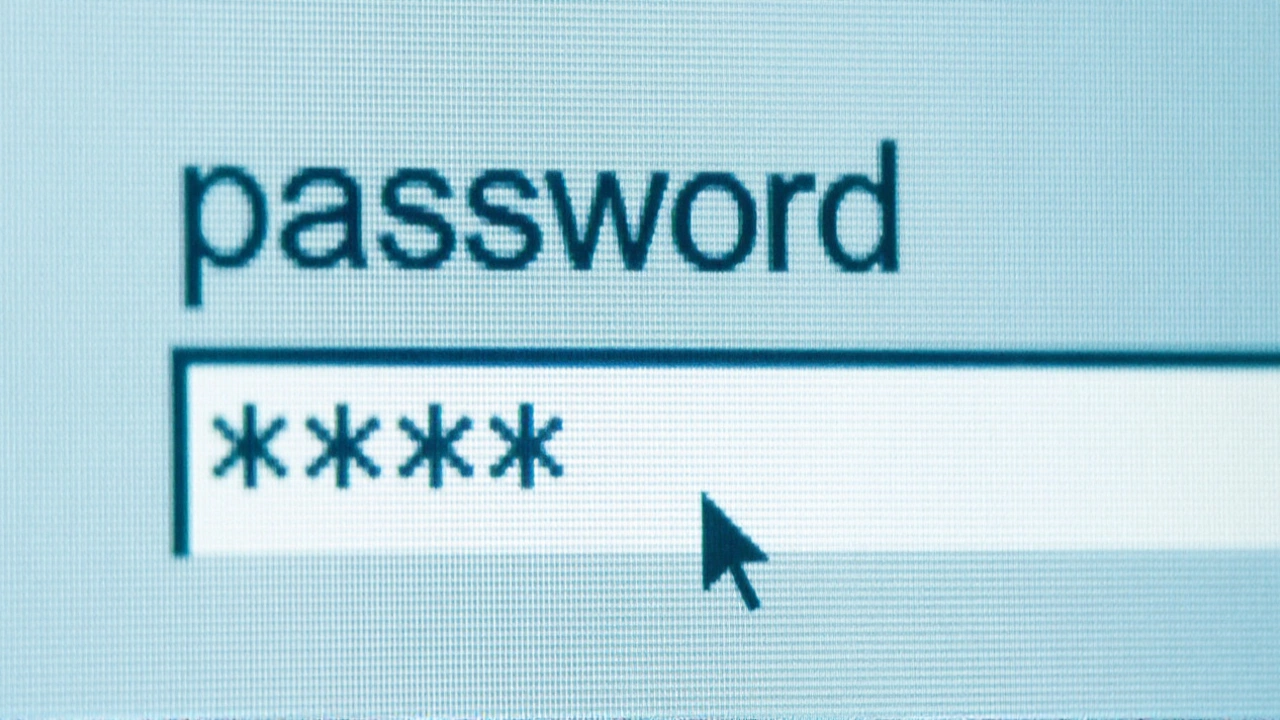16 Billion Passwords Compromised in Historic Breach
Picture this: a treasure trove of 16 billion usernames and passwords, ripped from 30 databases and dumped into the wild. This isn’t a futuristic nightmare. It’s here now—and it’s one of the largest identity breaches anyone has ever recorded. The stolen data didn’t just hit dusty old forums or forgotten email accounts. We’re talking about logins for heavyweights like Apple, Google, Facebook, and GitHub, along with sensitive VPNs and corporate networks.
The leaked information goes way deeper than plain passwords. Hackers grabbed session tokens and cookies, opening a backdoor for anyone who knows how to use them. It’s like nabbing a master key instead of digging around for random keys. If those tokens aren’t instantly reset after a password change, a criminal can slip right in—even if you dutifully use two-factor authentication (2FA). Now, that extra layer of security everyone’s been told to trust? Suddenly, it’s not looking so bulletproof.
Threat actors have a chilling new toy: your credentials, and the codes that let them jump through security hoops. With basic info and some clever social engineering, attackers can outsmart 2FA by tricking people into revealing one-time codes. A single well-timed phishing attack can bust open accounts that folks thought were safe.

Why Passwords Are Failing—and What Comes Next
Security pros have warned us about password limitations for years, but this breach hammers it home. Infostealers, phishing schemes, and automated bots are now so slick that even complex, unique passwords are no match. Once stolen, those login details aren’t just reused—they’re weaponized at scale. Imagine cybercriminals plugging that data into bots and instantly testing it on hundreds of sites. Unsurprisingly, a lot of people use the same password across different accounts, so the damage multiplies fast.
The scariest twist is how hackers can sidestep 2FA. Session tokens and cookies can be enough for someone to imitate a trusted device. So even if you keep your phone glued to your side, your accounts can still be wide open if a session token slips through the cracks. Most people assume that changing passwords and enabling 2FA keeps them safe—this breach blows that belief out of the water.
This event is turning up the volume on calls for passwordless authentication, which includes new methods like biometrics (think fingerprints or FaceID), and passkeys you store securely on your device. These techniques don’t just scramble things for hackers—they slam the door on stolen passwords because, well, there aren’t any to steal. Biometrics can't be guessed or phished, and passkeys rely on device-specific cryptography that’s nearly impossible for attackers to swipe from afar. Some tech giants have already started rolling these out, but most platforms are still stuck in the password era.
So, what do you do if you’re watching this unfold? Activating tougher security options is a must—think hardware security keys, app-based authentication, and advanced alerts. Keep a close eye on your most sensitive accounts for any odd activity. The reality is, as long as passwords stick around, these types of mega-breaches aren’t going anywhere.
